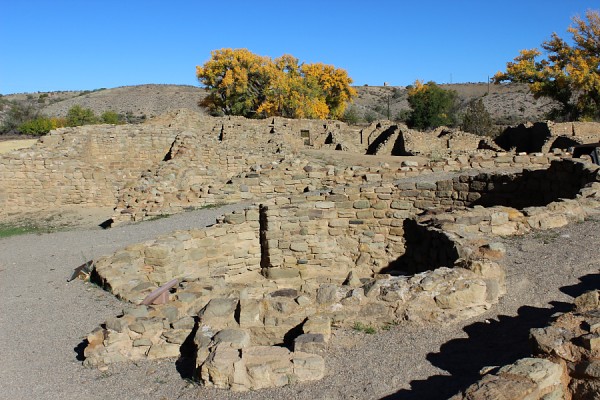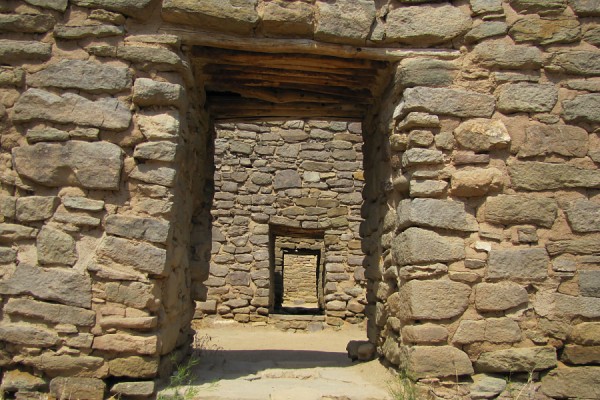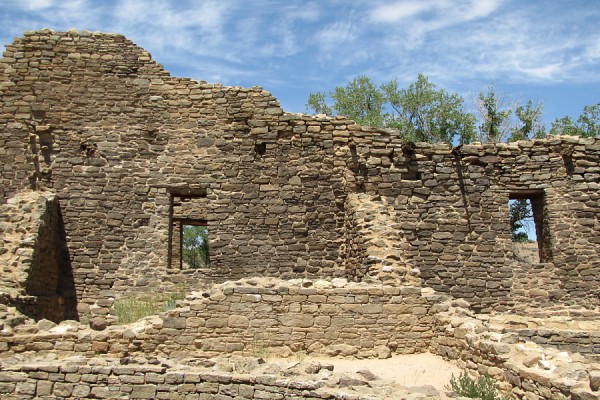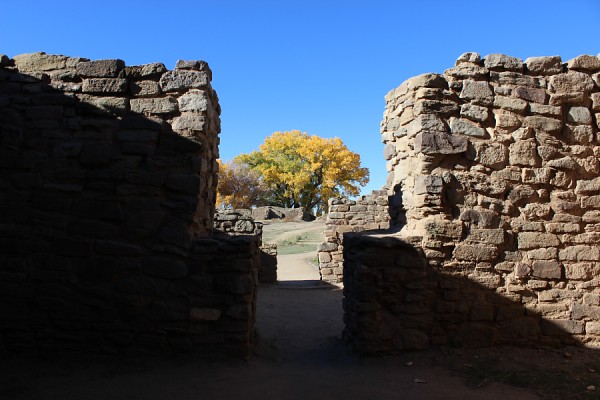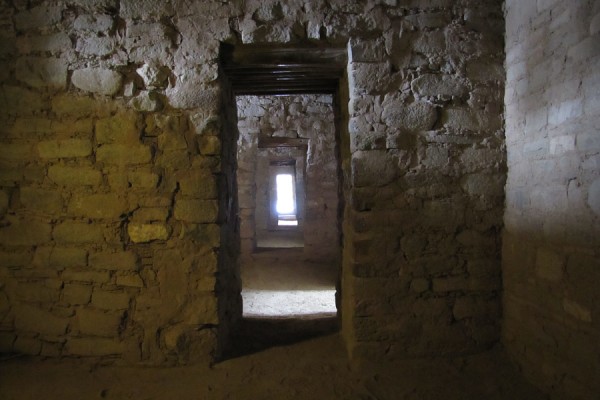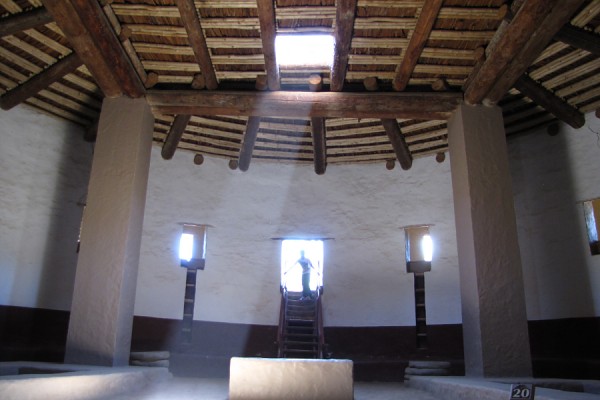Aztec Ruins National Monument, NM
725 Ruins Road
Aztec, NM 87410
(505) 334-6174
Begin your adventure into the cultural history of the Southwest at the Aztec Ruins National Monument which is conveniently located within the city limits of Aztec and has FREE admission.Designated as a World Heritage site in 1987 it is part of Chaco Culture World Heritage site because it preserves important Pueblo architectural and engineering achievements.
Fee Free Park
As of May 1, 2018, the $5 admission fee per person is no longer charged.Entrance into the Aztec Ruins National Park is now Free!
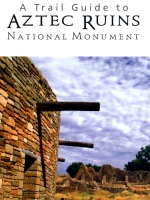
Aztec West Trail
Today you can follow their ancient passageways to a distant time through a self-guided tour that is approximately 45 minutes long. Explore a 900-year old ancestral pueblo Great House of over 400 masonry rooms and North America’s largest reconstructed great kiva. Look up and see original timbers holding up the roof. Search for the fingerprints of ancient workers in the mortar. Construction of the Aztec West great house was episodic and rapid. In fact, a majority of the great house was completed in only 30 years! For comparison, Pueblo Bonito in Chaco Canyon took almost 300 years to build. With over 400 rooms, Aztec West is the largest known great house outside of Chaco Canyon. In addition to rooms, Aztec West was also abundant in kivas. It is thought this great house had 30 kivas, some of which are still visible and intact today.'Kiva' is a Hopi word used to refer to specialized round and rectangular rooms in modern Pueblos. Ancient Chacoan kivas, the type found at Aztec Ruins, are round or keyhole shaped, usually semi-subterranean, and built into great houses. Like modern kivas, they were entered by a ladder through a hatch in the roof down to the center of the kiva floor, or in the case of great kivas, via stone staircases leading from ground level down into the kiva. Kivas were built in all sizes. Great kivas, like the one in the plaza at Aztec Ruins, are believed to have been used for community-level activities, whether ceremonial, social, or political. Small kivas are sometimes called clan kivas, and were probably used by small kin-based family groups for ceremonial, social, work and other activities. During ceremonies today, the ritual emergence of participants from the kiva into the plaza above represents the original emergence through the sipapu, or navel, by Puebloan groups from the underworld into the current world.


